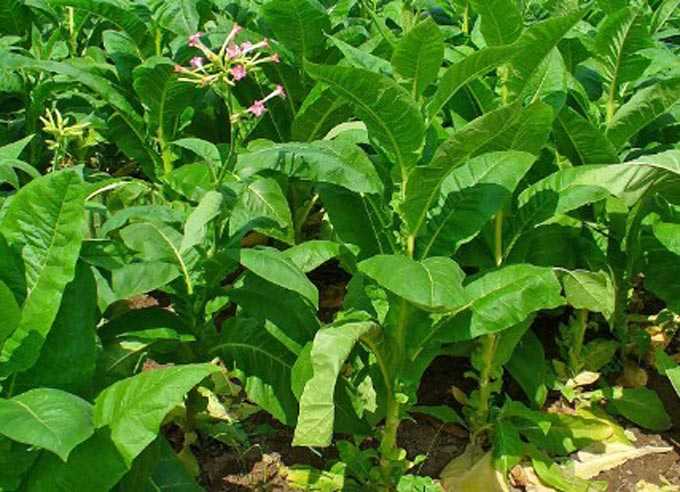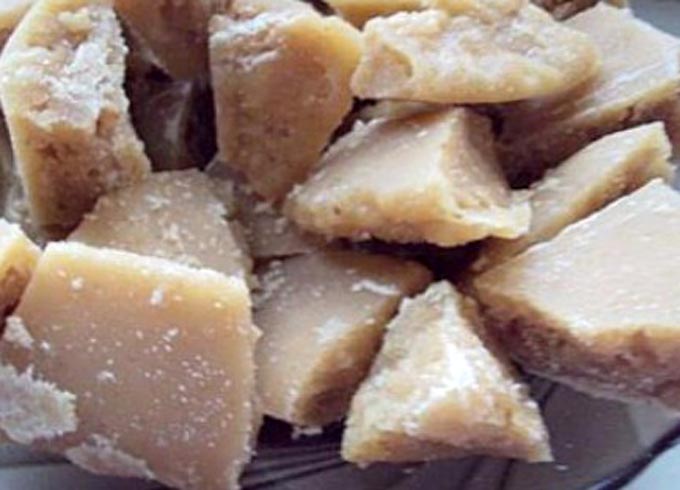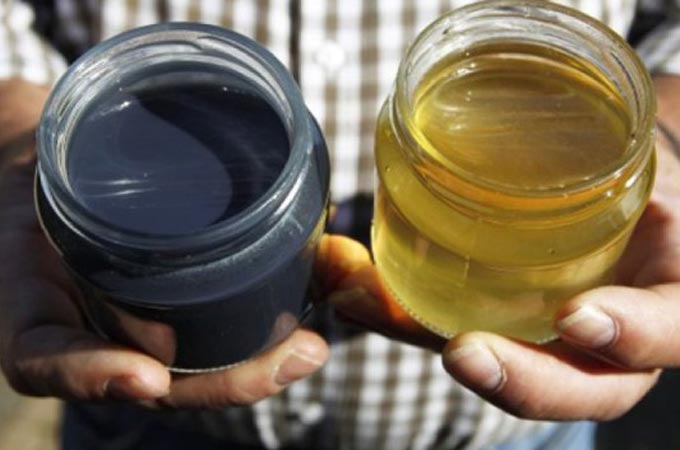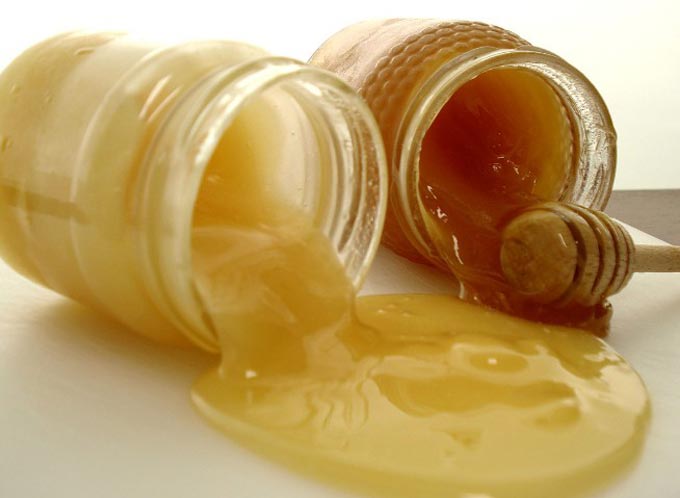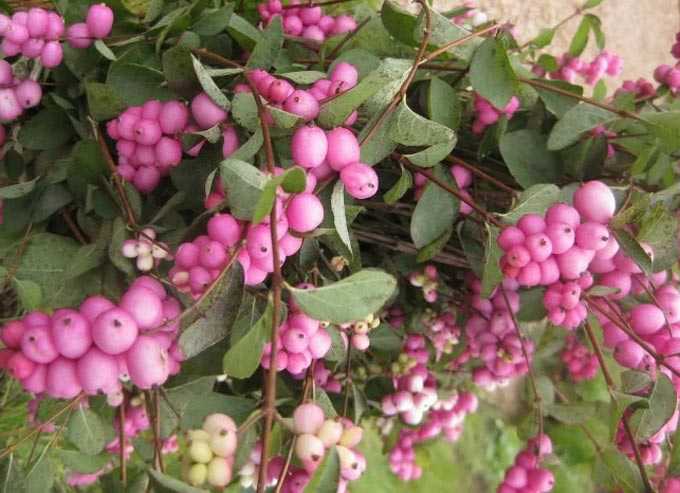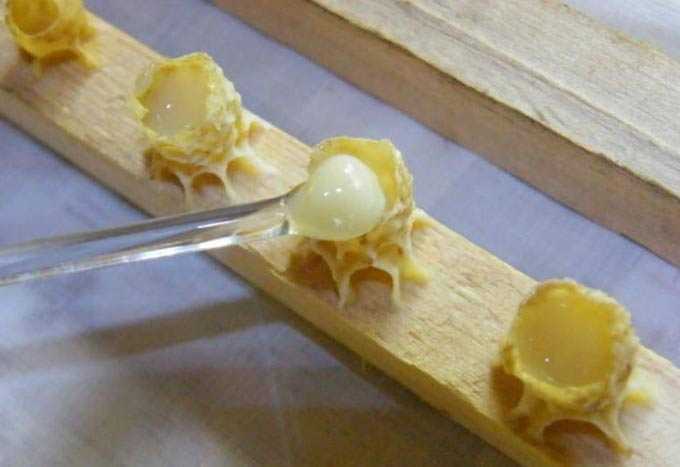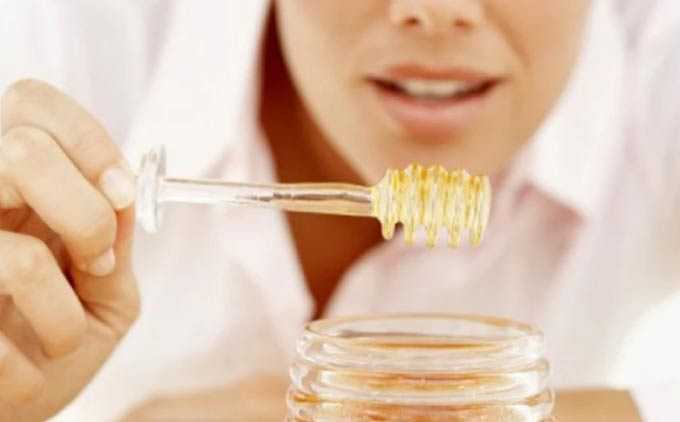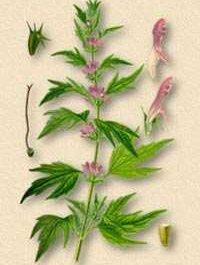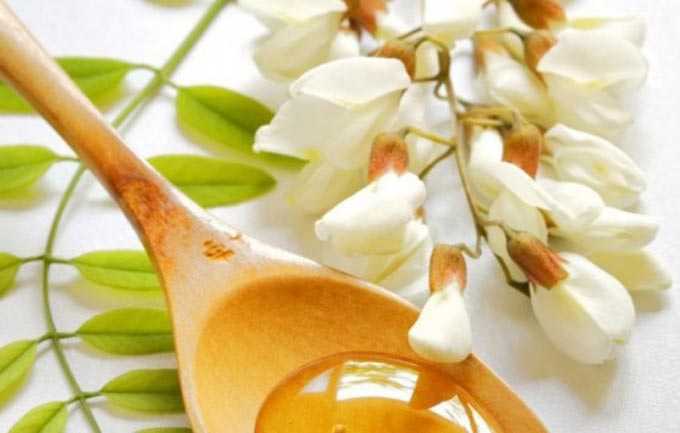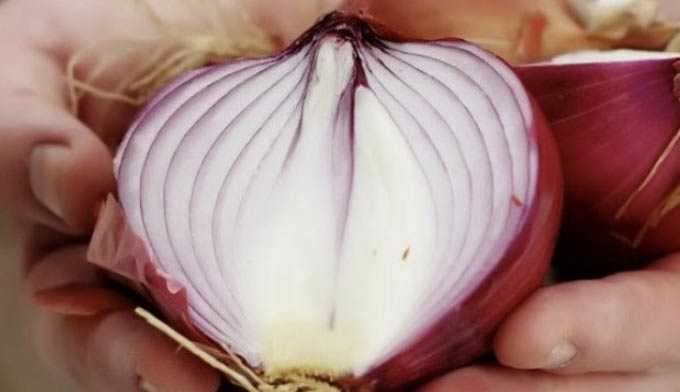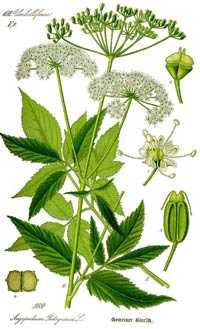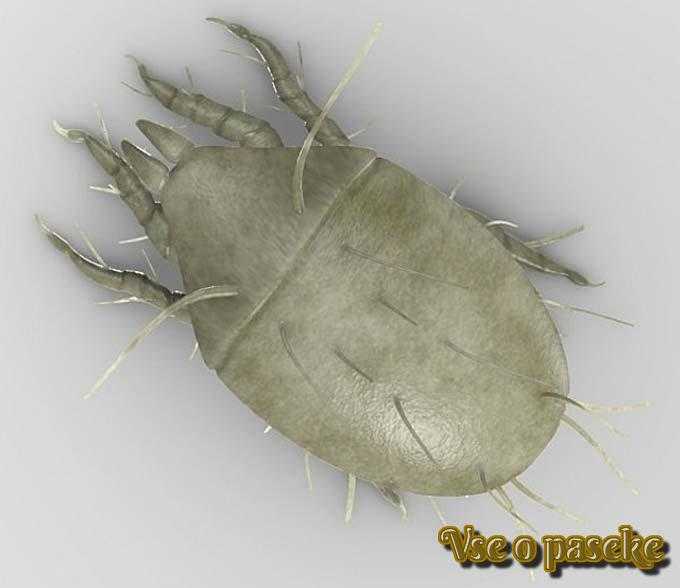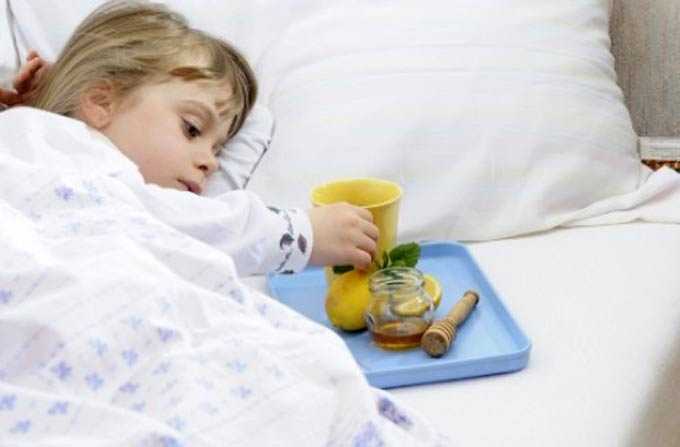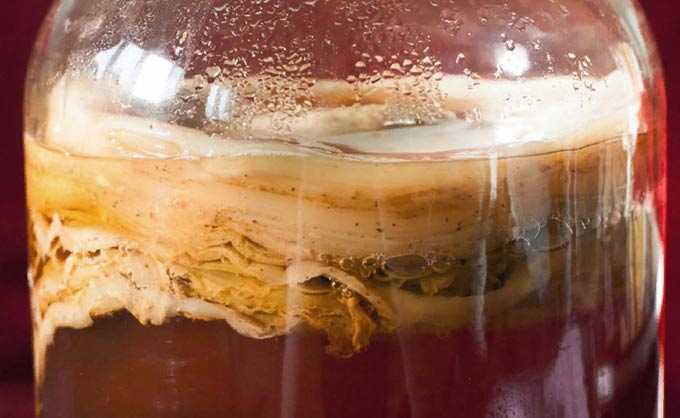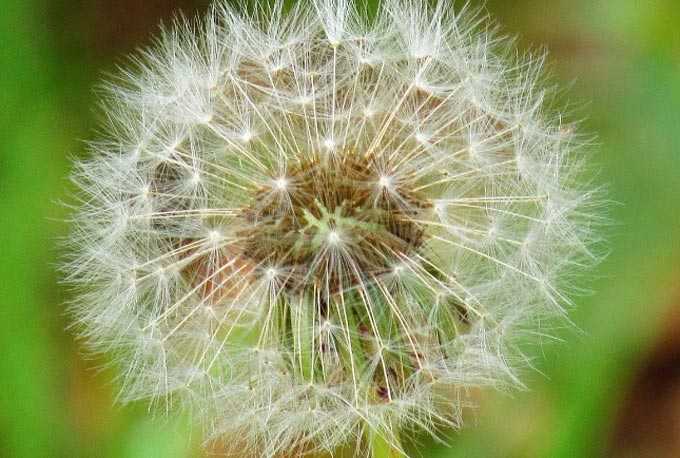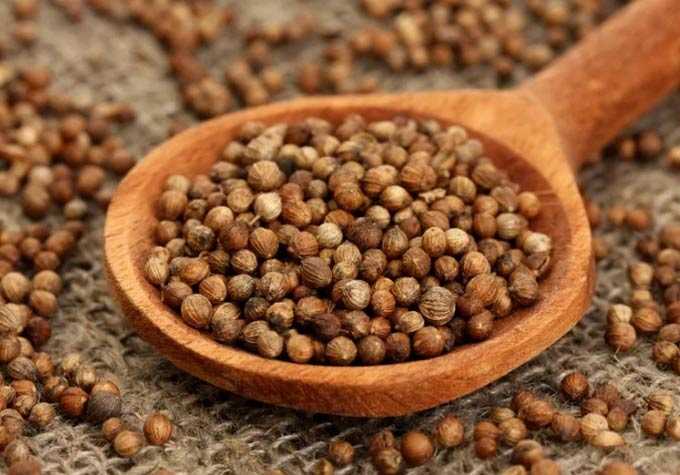In official and traditional medicine, honey is recommended to be consumed in moderation by everyone – both healthy and sick. Of course, an important condition is the absence of direct contraindications in the form of allergies and individual intolerance.
But there are special types of natural honey that need to be treated with great care. We will talk about their chemical composition, color, aroma in this article.
The content of the article
- 1 About idiosyncrasy
- 2 Special views – description
- 2.1 Tobacco
- 2.2 Powdery
- 2.3 Stone
- 2.4 Honeydew
- 2.5 Poisonous
About idiosyncrasy
For all its usefulness for the human body, any honey can harm health.
Special care will have to be taken by mothers with young children if they are sick with exudative diathesis or scrofula. And in any case, before giving honey for the first time to a child under 5-6 years old, it is better to consult a pediatrician or family doctor.
Adults also have an increased sensitivity of the body to this bee product. Idiosyncrasy is manifested by indigestion, headache, runny nose, urticaria and other skin rashes, accompanied by severe itching.
With diabetes mellitus, use is permissible, but in moderation! In this case, there should also be no allergic reaction.
Special views – description
Special types of honey should be treated with the utmost caution, since individual intolerance can occur even in healthy people who have previously freely consumed honey for food. These varieties are listed below.
Tobacco
This variety is made by bees from the nectar secreted by tobacco flowers. It is very well tolerated by the insects themselves – it can be left by beekeepers in hives as winter food.
As far as humans are concerned, eating is not recommended. Tobacco honey has not been sufficiently studied by specialists. Its medicinal and nutritional properties are not fully known, although it was found that it has a weak antimicrobial effect on the body.
The smell of the bee product is specific. Taste with a distinct bitterness. The shade after pumping is dark brown.
Powdery
This is the strangest type of honey known to people. Extremely rare! It has not been established from which particular melliferous plants it was obtained.
In consistency, the bee product resembles a non-hygroscopic powder (hence the name). It contains a lot of glucose and melicytosis.
Stone
This variety is also very rare. Sometimes it is called “Abkhazian honey”, since it was in this region that the first samples of the product were found. It is collected by wild bees that settle in the mountains and have chosen stone crevices. It is not known exactly from which plants the nectar was obtained in Abkhazia, but in Uzbekistan it is a bribe from a special type of millet – dzhugara.
Abkhazian variety looks rather strange – honey is soldered with honeycomb, in which there is very little wax, turning into a solid layer (candy). No container is required to extract it from the stone crevice.
The shade of the “candy” is fawn, the taste is characteristic, honey, the aroma is pleasant. The bee product is stored for many years without losing its taste characteristics.
Uzbek variety more like classic honey – it is in a combs in a liquid state, although it is pumped out with difficulty. It is candied very quickly, acquiring a whitish color and greasy consistency. It has a pungent aftertaste and strong aroma.
Honeydew
This variety is not a floral variety, although it also has a vegetable (natural) origin. Bees lick honeydew from different parts of plants or get a sugar solution (honeydew) released by insects like aphids after feeding on plant juices.
Honeydew produced by young needles, barely blossoming leaves of trees, buds swollen in spring. It is also found on damaged stems of various plants during the summer. For example, sugar mildew can be found on corn in August.
Pad – a waste product of dozens of insects, including the well-known aphids and ants. When the plant sap is sucked out, only its protein component is absorbed, and minerals, along with carbohydrates, are removed from the insect’s body naturally. The pad looks like a shiny sugary film covering the upper part of the foliage, the tops of the shoots, and young branches.
Aphids are especially productive – in 10-14 days on one small tree, these insects leave up to 25 kilograms of sugary bloom.
The bees willingly collect honeydew and honeydew during periods without tipping, especially towards the end of summer. In August, such honey can be easily found in bee colonies preparing for wintering.
Honeydew honey causes a lot of trouble for beekeepers. It is absolutely unsuitable for wintering, as it causes toxicosis in bees. We have to pump it out of the hives, giving out sugar syrup in return.
But for humans, such a bee product is useful. The pad is in special demand in Europe, where they have already managed to appreciate its chemical composition and sell a product with a special mark.
This is a whole storehouse of trace elements! Laboratory tests show the presence of:
- cobalt;
- gland;
- phosphorus;
- potassium;
- organic acids;
- dextrins;
- about a dozen sugars;
- several free amino acids including lysine, methionine, tyrosine, glycine and others.
Such a wealth of chemical elements is in demand in the treatment of cardiovascular diseases and disorders of the digestive system.
In terms of consistency, the bee product will be thicker than any flower variety.
Its colors are quite dark – from virtually black to brownish or olive green shades. Typically the hardwood variety is darker than the softwood variety.
The taste is always sweet, but the aftertaste can be unpleasant – specific in aroma or slightly bitter.
This disadvantage is eliminated by warming up the product. True, heat treatment leads to the loss of some of the medicinal properties.
Honey from honeydew and honeydew is pumped out worse than flower honey because of rapid crystallization right in the combs.
Poisonous
This is the most harmful type of honey for humans, causing acute poisoning. It is especially dangerous for children! The people are called “drunk”, since in ancient times, symptoms similar to intoxication were manifested in the Greek soldiers who tasted such honey during the campaign.
Signs of poisoning occur, even if very little is eaten – from 50 to 100 grams. After 20-30 minutes, less often after one or two hours, the temperature rises, chills begin, and a headache appears. All symptoms of intoxication are manifested: vomiting, weak pulse up to threadlike, cold sweat, blue face. Pupils dilate, limbs begin to hurt. A rash or itchy skin may appear. Loss of consciousness is possible.
The severity of the condition largely depends on the immunity and state of the body. The weaker a person is, the worse he feels. The acute phase of poisoning lasts an average of 4-5 hours. It is necessary to rinse the stomach and consult a doctor!
The difficulty lies in the fact that it was not possible to determine exactly from which honey plants in our regions the insects get a product with such strange characteristics. But there is a danger of it getting into hives in the Far East and the Caucasus.
The culprit of the poisoning is andromedotoxin. It can be detected by laboratory tests in nectar from heather and wild rosemary growing in swamps. And also from other plants – Pontic rhododendron (the Greeks suffered from it), hellebore, azalea.
You can read more about such honey plants here: Poisonous honey plants
It is interesting that the bees themselves eat “drunken” honey without any consequences for themselves, and even hibernate on it. And some plants that are not dangerous to humans cause the death of these little workers during the flight immediately after contact with toxic pollen or nectar.
